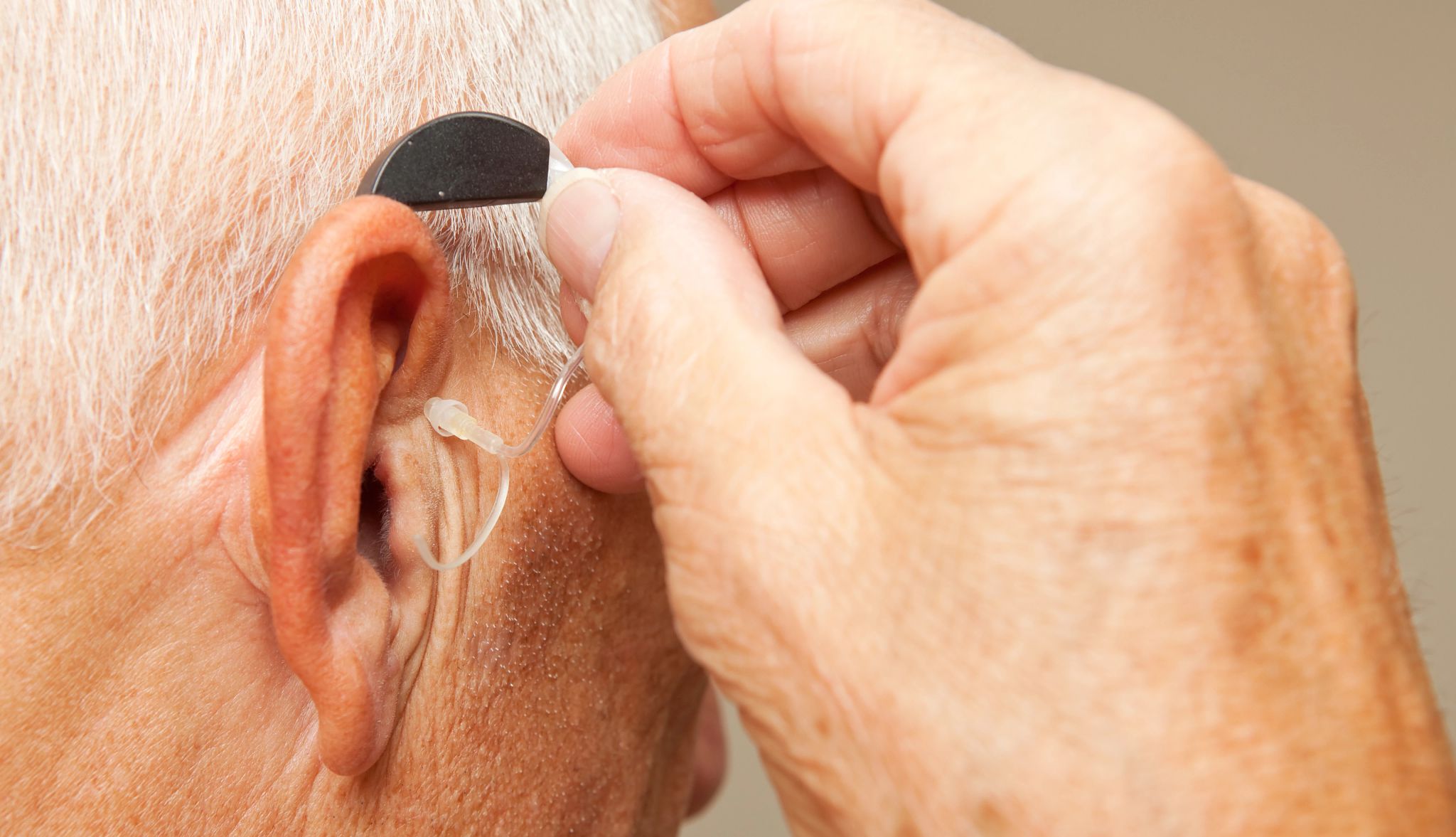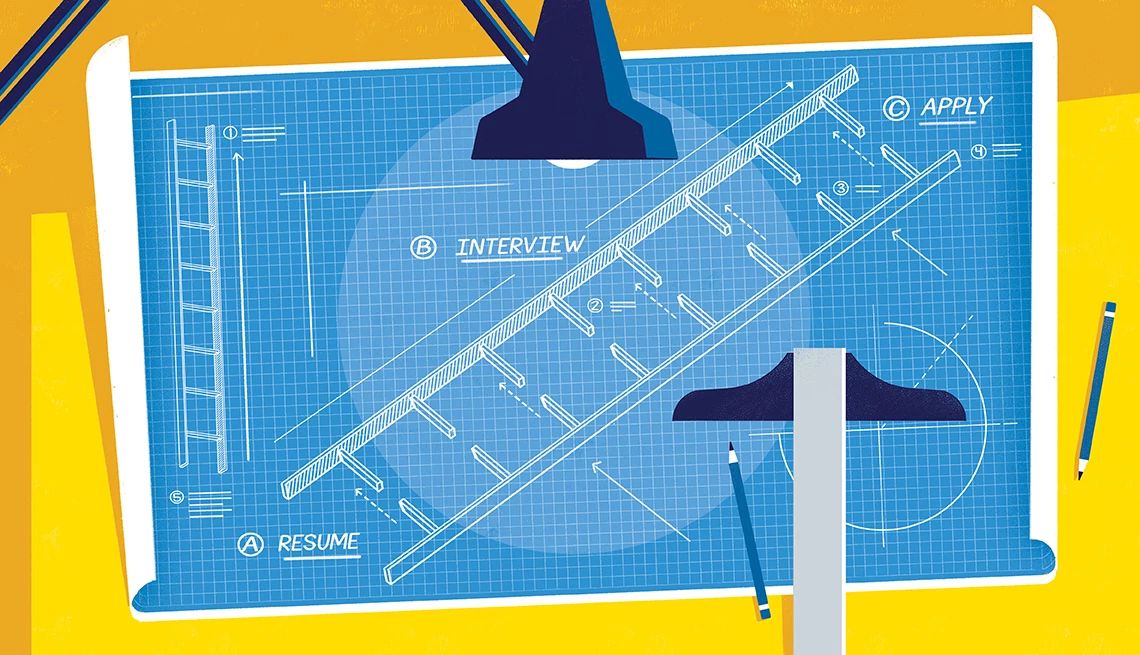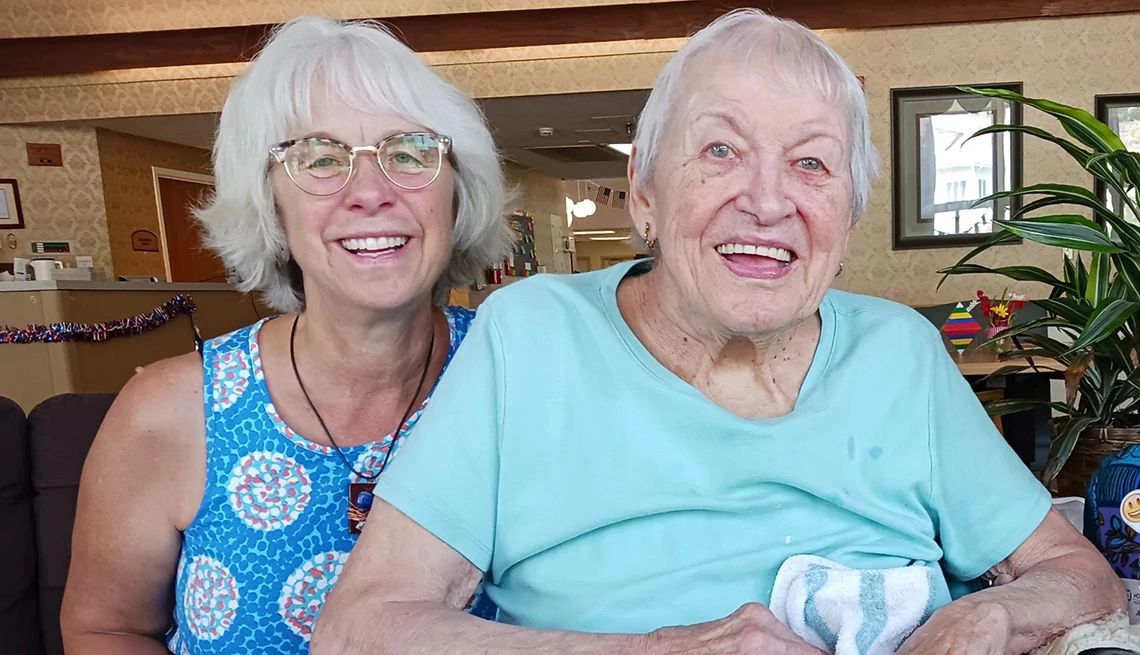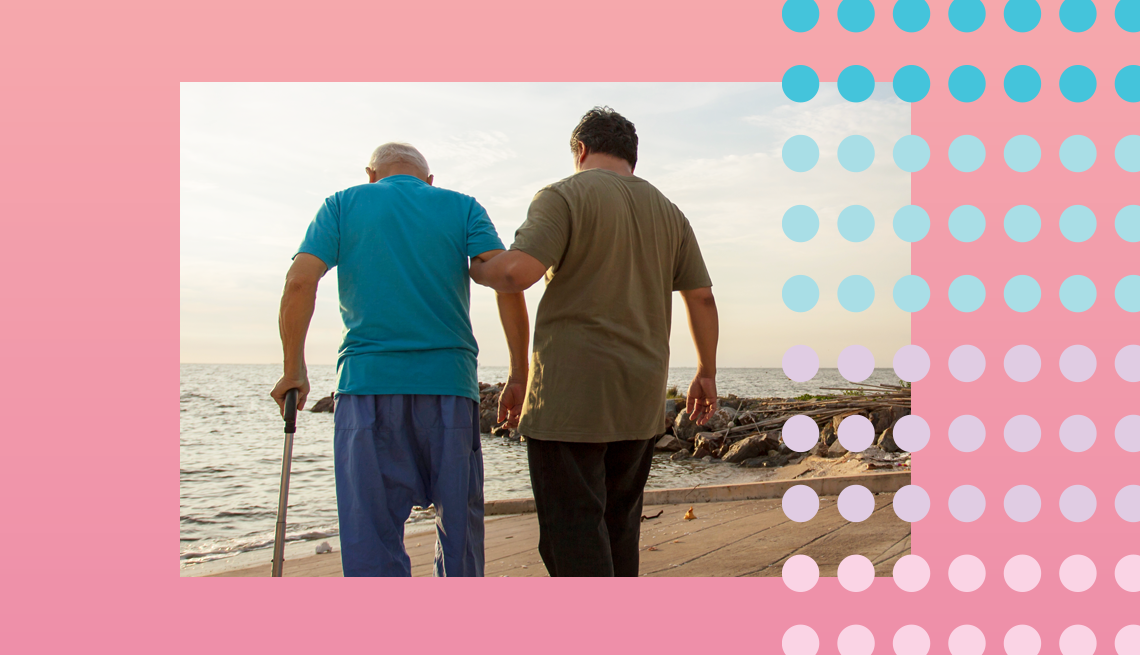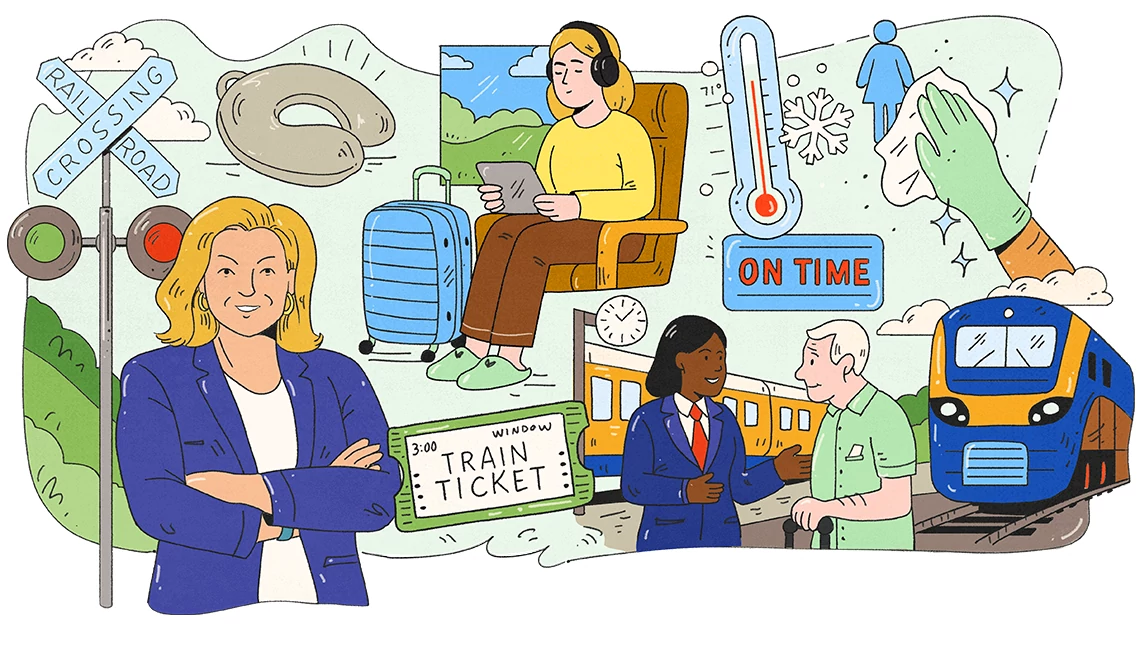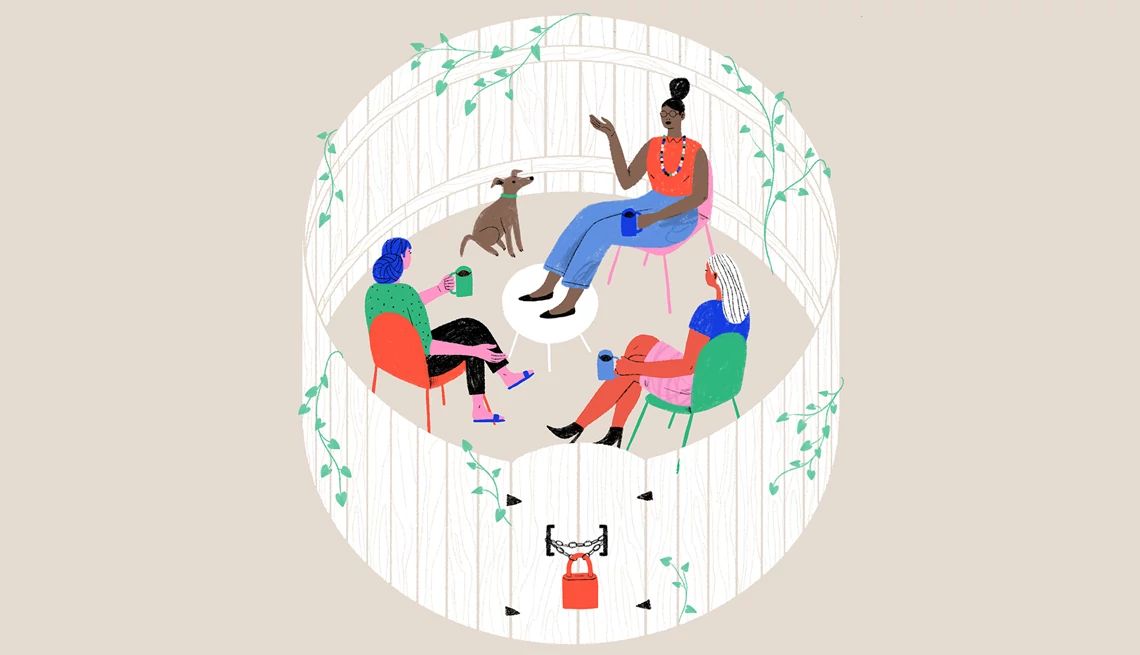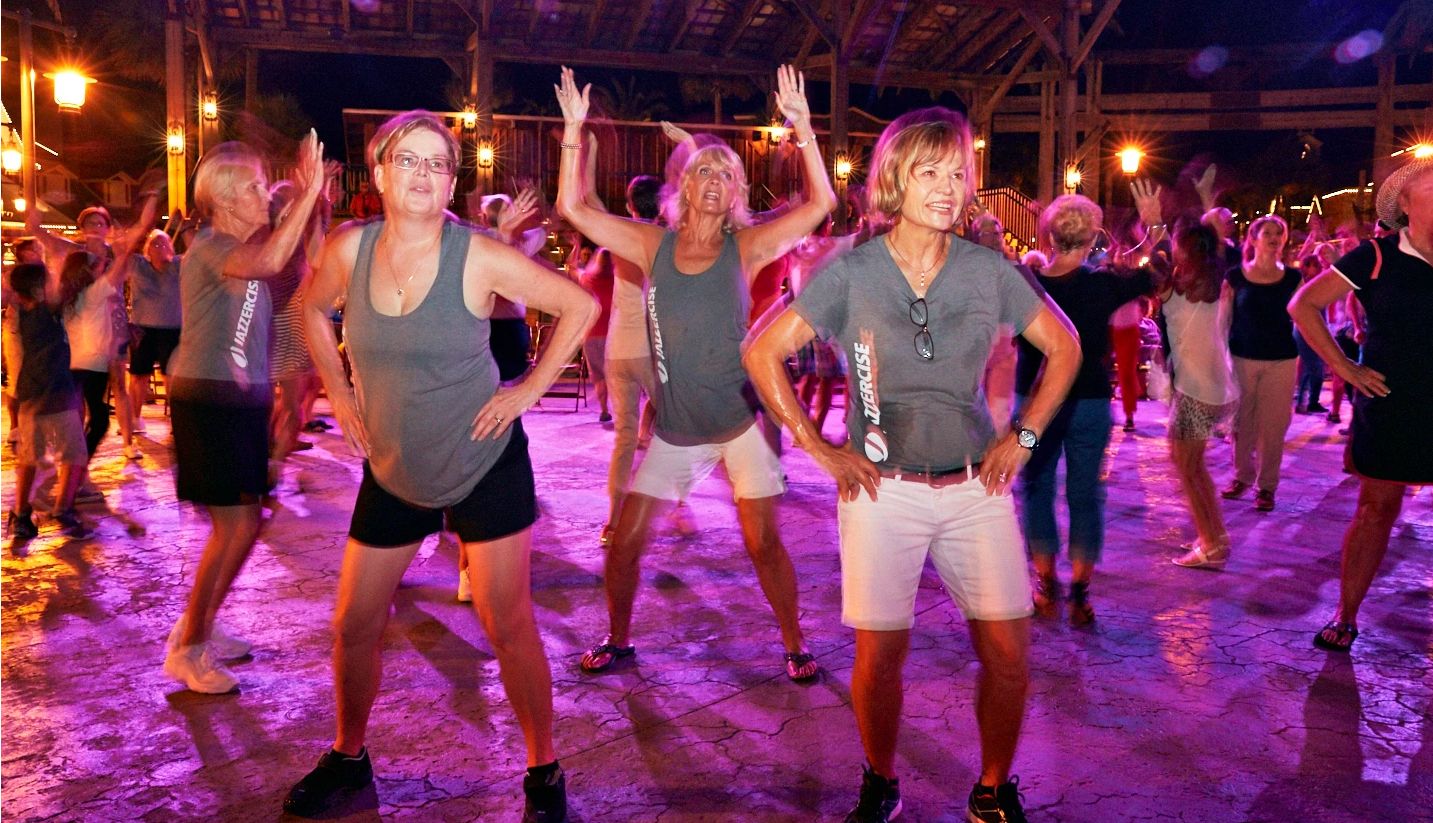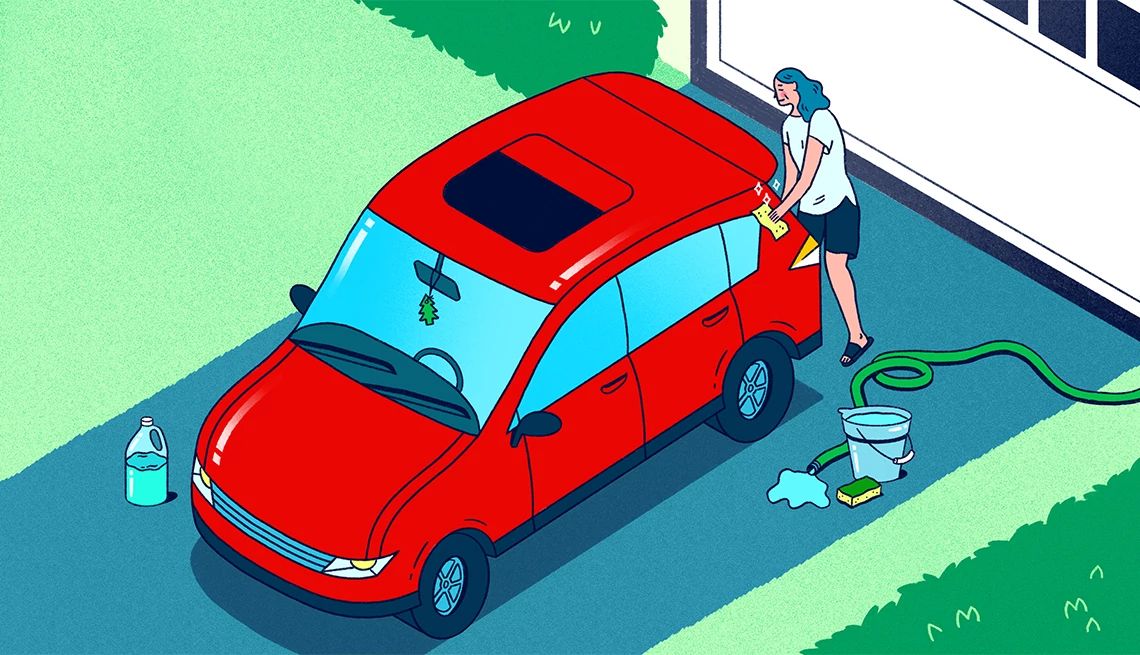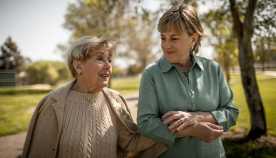AARP Hearing Center

With an affordable housing shortage of about 100,000 units in Minnesota, policymakers and others are looking for ways to increase the state’s housing stock — and to make it more accessible for older adults.
“We don’t have enough supply,” says Carrie Henning-Smith, co-director of the Rural Health Research Center at the University of Minnesota School of Public Health. “It can be hard for older adults — especially rural older adults with limited incomes — to find affordable and accessible housing.”
Indeed, a 2024 report from the Minnesota Housing Partnership found that housing is unaffordable to half of all renters in the state. Beyond that, an increasing number of households — both renters and homeowners — are paying more than they can afford for housing. That includes 66 percent of renters age 65 and older, the partnership found.
To help alleviate the housing shortage, AARP Minnesota backed several bills in the 2025 legislative session aimed at helping expand housing opportunities for older adults and allowing them to age in place.
Although none of the bills passed in the session, which adjourned on May 19, AARP Minnesota is hoping that they will gain traction soon. “We’re positioning for future efforts to improve housing for older Minnesotans,” says Cathy McLeer, AARP Minnesota state director. AARP is part of a broad, bipartisan coalition working on the issue. It’s also something vitally important to Minnesotans 45 and older, according to a 2022 AARP survey. Being able to afford the costs of owning and maintaining a home was one of the most important issues residents said they faced.
One bill considered in 2025 would have established a $150,000 Minnesota Nice HomeShare pilot program for older adults in Lake, St. Louis and Washington counties — matching adults 55 and older who own homes with spare rooms with adults who need affordable housing.
Two other AARP-backed bills — the Minnesota Starter Home Act and legislation for the creation of mixed-use housing zones — were also aimed at expanding housing options.
AARP supporting national efforts
On the national level, AARP has endorsed the Rural Housing Service Reform Act, bipartisan legislation by Sen. Tina Smith, a Democrat from Minnesota, and Sen. Mike Rounds, a Republican from South Dakota. The legislation would preserve and strengthen affordable housing opportunities by providing loans, grants and rental assistance to rural communities.
Henning-Smith, who focuses on aging in place in rural areas, says that while the Minnesota legislation is a step in the right direction, more is needed to help people in rural areas, which tend to have older housing stock than urban areas. That requires more investments in renovations to make houses accessible for older adults, she says.
But housing shortages for older residents are a problem in urban and suburban areas, too.
David Rosenbloom, 69, of St. Paul, who retired in 2021 after working in IT, accounting and business management, says that a lot of the houses in St. Paul were designed for families.
“It’s all built with the idea that people can climb stairs and don’t need any help getting into and out of bathrooms and showers and tubs and that kind of stuff,” says Rosenbloom, an AARP volunteer. “We all age, and most of us are going to need some kind of help eventually. The housing stock in St. Paul, in particular, rarely fits that need.”
AARP’s McLeer notes that changes that emerge from the current efforts will help keep the state attractive in the eyes of all its residents – particularly older ones. “Addressing Minnesota’s housing issues will ensure our state remains a place where older adults can live independently and with dignity,” she says.
Frederic J. Frommer has worked as a journalist for more than 30 years, including 16 years at The Associated Press, and is the author of several books.
- AARP Housing Principles
- State of the State’s Housing 2024 (Minnesota Housing Partnership)
- AARP Livable Communities




